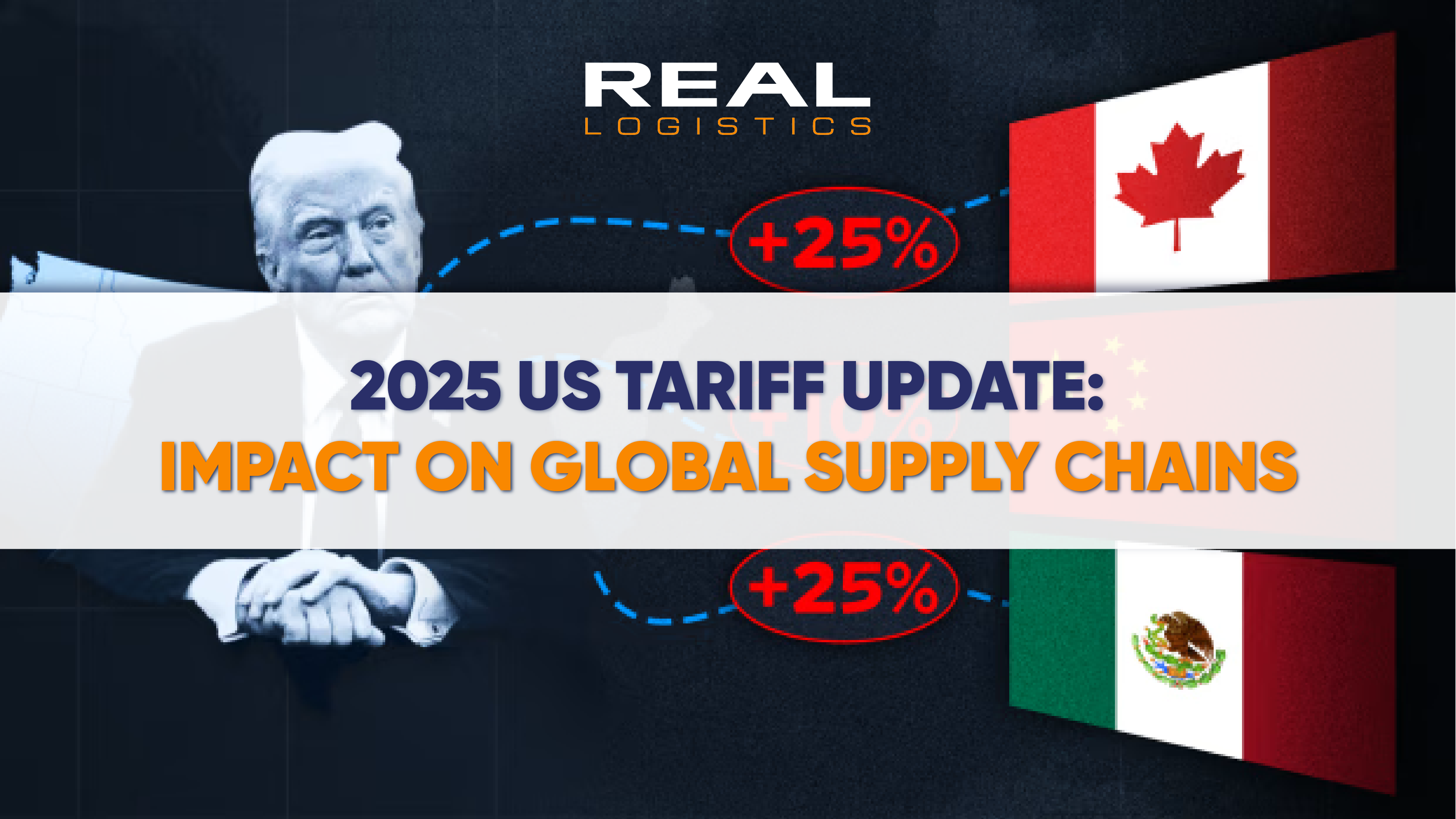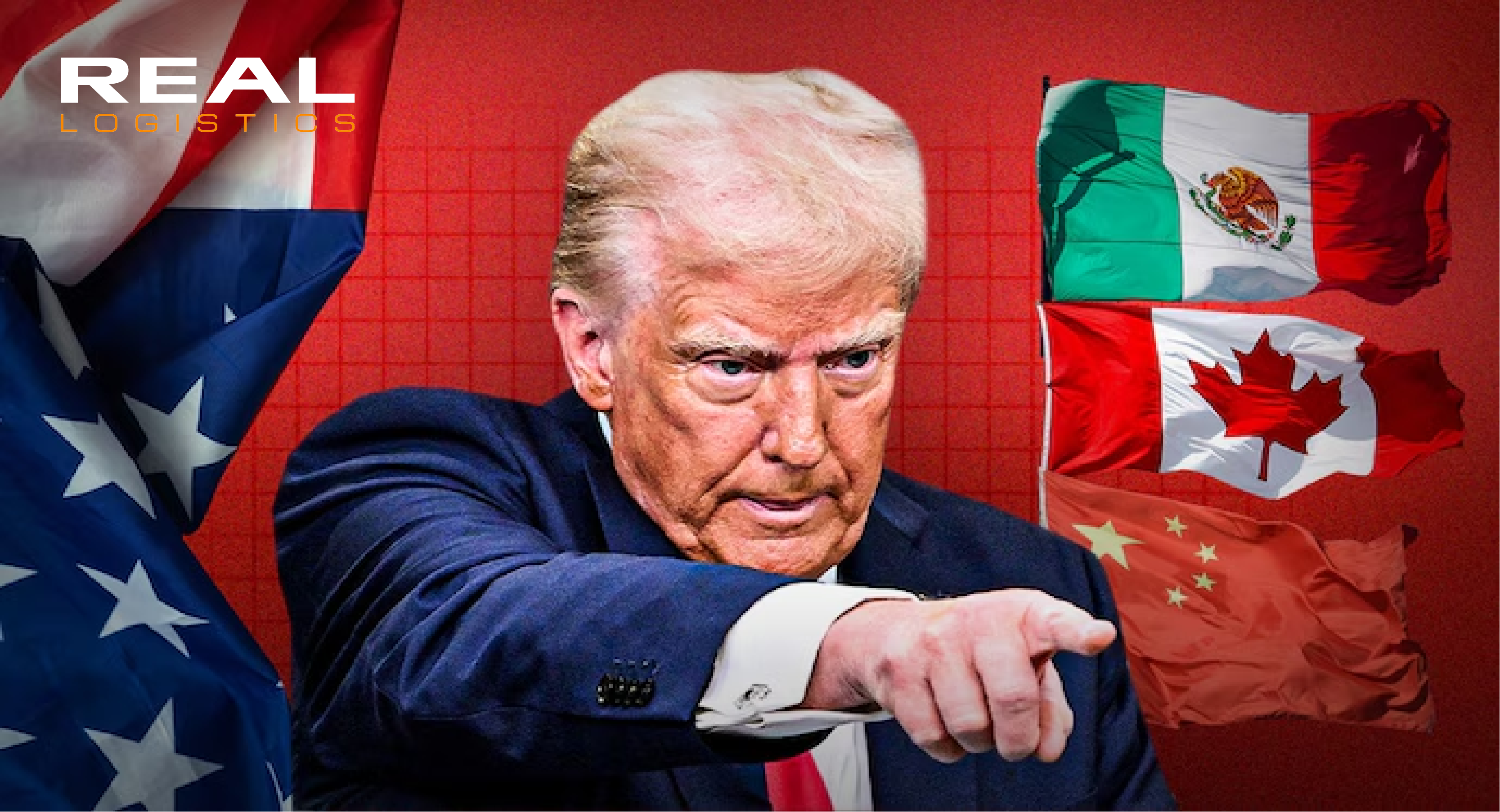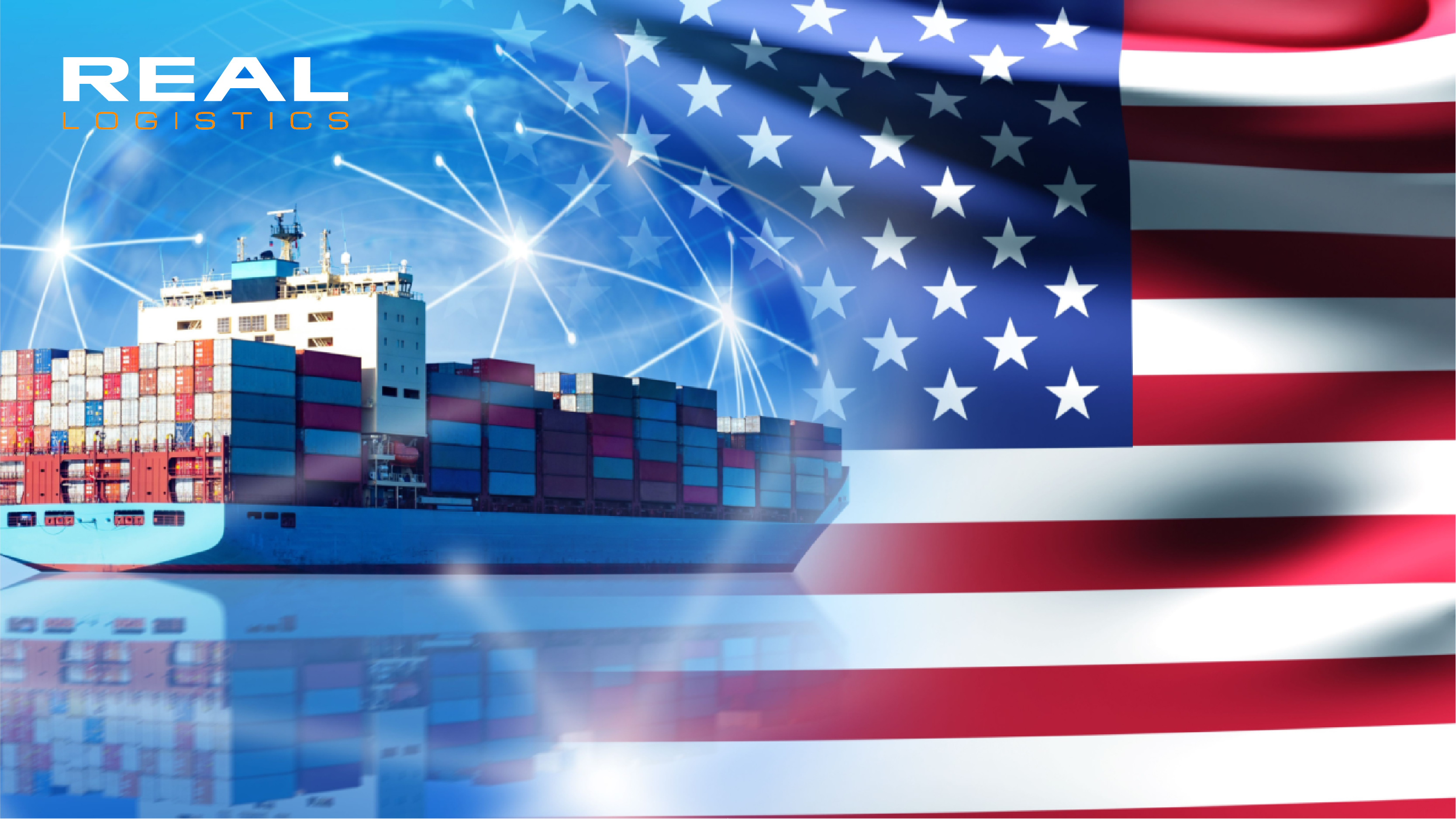2025 US Tariff Update: Impact on Global Supply Chains

1. Overview of New US Tariff Orders
On February 1, 2025, President Donald Trump signed three executive orders imposing new tariffs on imports from Canada, Mexico, and China. These tariffs take effect from February 4, 2025, significantly impacting global supply chains.
- Canada & Mexico Tariffs: Initially set at 25%, but temporarily suspended for 30 days for trade negotiations.
- China Tariffs: Proceeding as planned with a 10% additional duty effective February 4, 2025.
- Removal of De Minimis Exemption: Chinese shipments valued under $800 will no longer qualify for duty-free entry.
2. Tariff Details
2.1 Import Tariffs on Canada & Mexico
- Rate: 25% on all imports from these countries, except for Canadian energy resources (10%).
- Current status: 30-day suspension to allow further negotiations between governments.
- Potential changes: If no agreement is reached, the 25% tariff will be reinstated in March 2025.
2.2 Import Tariffs on China
- Rate: 10% additional tariff on all imports from China.
- Products covered: The order does not include a full list of HTSUS codes but suggests the tariff may apply to all merchandise imported for consumption.
- Exemptions:
- - Goods departing China before 12:01 AM EST on February 1, 2025, are exempt.
- - Goods from Macau may not be affected.
- - Goods originating from Hong Kong are subject to the same tariffs as China.
2.3 Removal of De Minimis Exemption for Chinese Goods
- Previous rule: Shipments valued under $800 could enter the US duty-free.
- New rule: Effective February 4, 2025, all Chinese-origin shipments will be subject to tariffs, regardless of value.
- Impact:
- - Major e-commerce platforms like Shein, Temu, Alibaba will face higher costs.
- - Increased import costs for small-scale shipments.
- - Longer customs clearance times due to mandatory tariff application.

3. Impact on Supply Chains & Businesses
3.1 Importers & Exporters
- Higher import costs: US businesses importing from China will see a 10% cost increase.
- Supply chain shifts: Companies may need to relocate production to Vietnam, India, Thailand to avoid high tariffs.
- E-commerce challenges: Platforms like Amazon, eBay, Shopify may adjust product pricing to compensate for tariff costs.
3.2 Logistics & International Shipping
- Longer customs processing times: The removal of De Minimis exemption may lead to a significant increase in customs inspections.
- Higher logistics costs: Freight rates from China to the US may rise by 10-20%.
- Increased demand for warehousing: Businesses may need to stockpile goods to mitigate future tariff risks.
Learn more:
- Vietnam ranks among the top 30 largest export economies in the world
- Top 30 largest import economies in the world, Vietnam ranks 22nd
4. Potential Future Tariff Actions
Businesses should prepare for further trade escalations. Trump’s executive orders indicate the US may raise tariffs further if Canada, Mexico, and China retaliate.
Additionally, Trump has recently threatened new tariffs on other economies, including the European Union (EU) and BRICS nations (Brazil, Russia, India, China, South Africa, Egypt, Ethiopia, Indonesia, Iran, and UAE).
Targeted industries include:
- Semiconductors
- Pharmaceuticals
- Oil
- Steel, aluminum, and copper
Trump’s approach treats tariffs as a broad geopolitical tool rather than a traditional trade policy measure, raising uncertainty in global trade. Even FTA partners like Canada and Mexico are not immune from potential tariff actions.

5. Business Strategies Moving Forward
5.1 Evaluating & Adjusting Supply Chains
- Exploring alternative suppliers: Shift sourcing to countries like Vietnam, India, Malaysia.
- Leveraging trade agreements: Importing from FTA countries can help mitigate high tariffs.
5.2 Optimizing Logistics Operations
- Partnering with professional logistics providers like Real Logistics to optimize freight costs and tariff compliance.
- Strategic inventory planning to minimize risks from future tariff hikes.
6. Conclusion
The new US tariff policies pose significant challenges for importers, exporters, and the logistics industry. To maintain a competitive edge, businesses must closely monitor trade regulations, explore alternative sourcing, and adjust supply chains accordingly.
👉 Contact Real Logistics for expert consultation on optimizing your logistics strategy! 📞📧
—————————————
Real Logistics Co.,Ltd
👉 Facebook: Real Logistics Co.,Ltd
☎️ Hotline: 028.3636.3888 | 0936.386.352
📩 Email: info@reallogistics.vn | han@reallogistics.vn
🏡 Address: 39 - 41 B4, An Loi Dong, Thu Duc, HCM City
51 Quan Nhan, Nhan Chinh, Thanh Xuan, Ha Noi City

